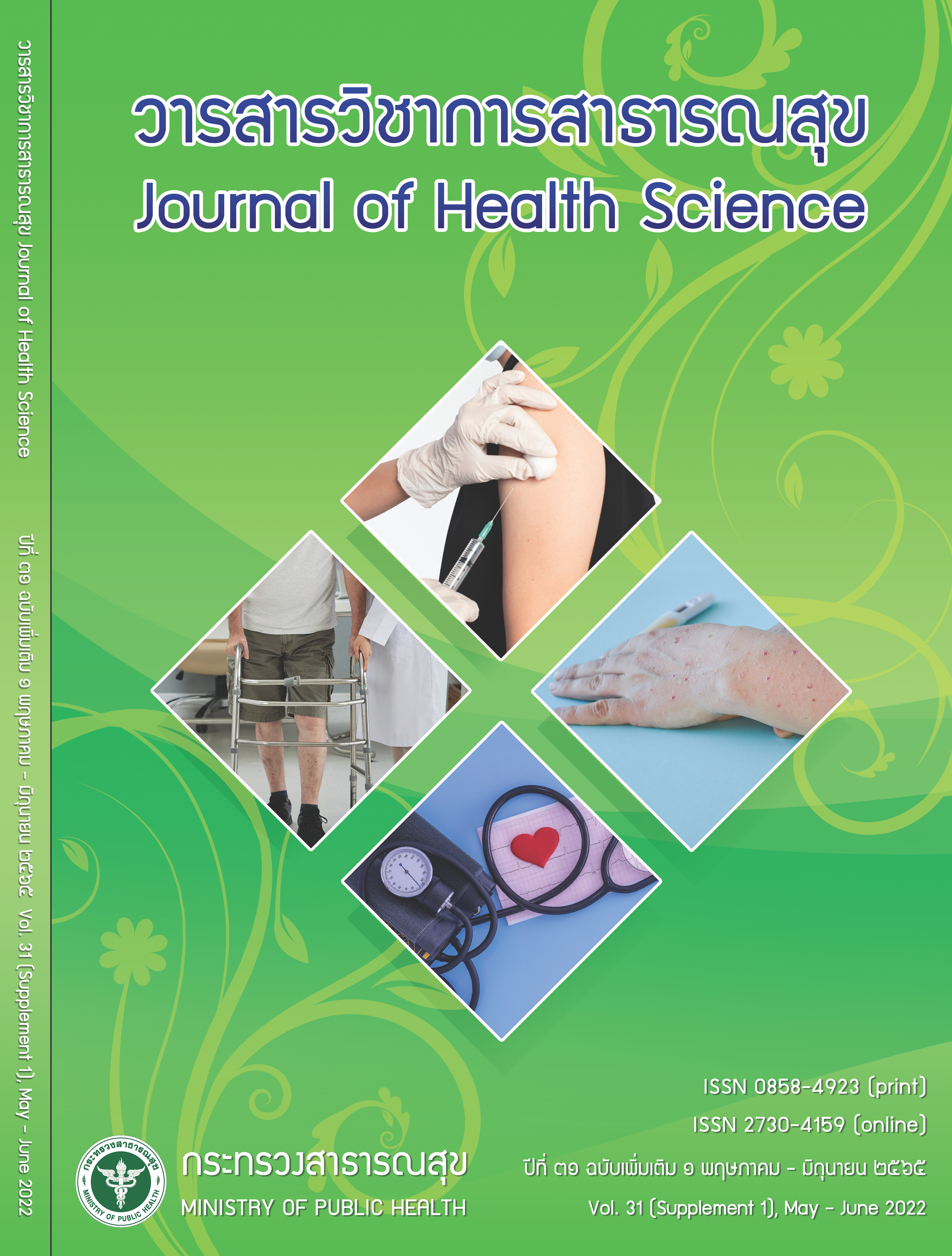Effects of Patent Hemostasis Protocol on Incidence of Radial Artery Occlusion in Patients after Coronary Angiography: A Randomized Controlled Trail
Keywords:
coronary angiography, radial artery occlusion, hemostasisAbstract
The aim of the study was to evaluate the patent hemostasis protocol on incidence of radial artery occlusion, radial artery patency, forearm hematoma and puncture site bleeding after transradial coronary angiography. This study was a prospective, randomized, parallel group, double blinded controlled trial. Two hundred and thirty six patients with elective coronary angiography were assessed during April to August 2020. The patients were assigned into two groups, the control group (n=118) and the experimental group (n=118) by 1:1 randomized allocation. The tool used in the experimental group was the patent hemostasis protocol, which was validated with validity index evaluation by three experts. The patients in both groups after the procedure, the sheath was then removed by physician. Immediately after compression device application, the patients in experimental group were subjected radial artery patency was evaluated using a reverse Barbeau test with occlusion of the ulnar artery. The compression device was then deflated to the lowest allowable volume (minimum 7 mL) while maintaining hemostasis. The patients in control group that received a standard 15 ml of air in the bladder of the compression device. Patent hemostasis was not assessed. Radial artery occlusion and radial artery patency was studied at 24 hr using Barbeau’s test. The results of the study revealed statistical significant difference of 0.05 between exper-imental and control group incidence of radial artery occlusion at 24 hours was seen in 6.78 % patients in the control group, the experimental group did not found. Patency during hemostatic compression at one hour, immediately and 24 hours after compression device removal in experimental group were more than the patients in control group (95.76 VS 36.44 and 100.00 VS 92.40 and 100.00 VS 93.22, respectively). The air volume of the hemostasis in the experimental group was mean 11.87±1.24 ml. No significant difference in safety outcome on forearm hematoma and puncture site bleeding. In conclusion, using the patent hemostasis protocol in patients after transradial coronary angiography is a safe and effective method of achieving patent hemostasis that reduce radial artery occlusion at 24 hours.
Downloads
Downloads
Published
How to Cite
Issue
Section
License

This work is licensed under a Creative Commons Attribution-NonCommercial-NoDerivatives 4.0 International License.







